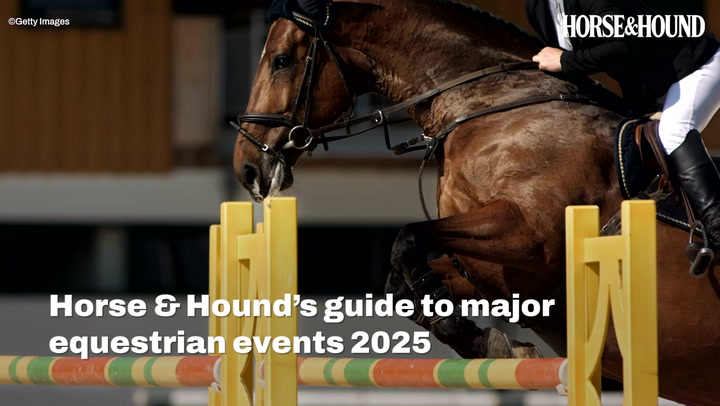In the fourth part of our series on top tips in the show ring, Rebecca Haywood talks to the professionals about how to present a show pony correctly
With the show season fast approaching, we ask the experts how you can make an instant impact in show pony classes to create the best possible picture and avoid error that immediately put the judge off.
“A show pony should be full of quality yet still possess adequate bone,” says show pony breeder and judge Ann Fowler, who founded the successful Broadgrove riding ponies, including HOYS winners Broadgrove Springtime and Broadgrove Only You. Ann noted that a show pony should have a fine, quality head set well on to a neck, which can be more ‘swanlike’ than a hunter pony.
Height divisions in show pony classes
Under British Show Pony Society (BSPS) rules, show pony classes are divided into height sections and each class has a rider age limit.
In the lead rein pony and first ridden show pony classes, ponies must not exceed 122cm.
The next four individual classes run 128cm, 138cm, and 148cm sections.
“Show ponies should be elegant, have a nice walk and go through three paces with grace,” explains BSPS judge Patrick Lobb.
“They should have a pretty head, a good length of rein and their tails should be set on nicely. I also like to see good clean limbs, short cannon bones and nicely sloping pasterns.”
Tack and turnout for show ponies
Patrick adds that tack should be neat, with a straight cut saddle to show off the pony’s front. Unlike show hunter pony classes where riders are dressed in tweed, competitors must wear navy blue jackets.
“These mustn’t be too short, though, and should be accompanied with a coloured tie and ribbons in girls’ hair,” advises Patrick. “Personally I don’t like glitter and definitely no sparkle. If the tack, pony and rider are presented properly it makes a tremendous effect on the overall picture.”
Ann adds: “I was invited to judge in Australia a couple of years ago and I was very impressed with how sharp the general turnout and appearance was. It became very clear that attention to detail was hugely important. Competitors should always make the most of what they have and look like they are there as a serious enquiry.”
Correct way of going
“A combination should look pleasurable and uncomplicated with lots of natural cadence,” continues Ann. “A show pony should certainly not be hunted around the ring out of its stride. Very often when judging ponies it can all look disjointed, but the whole thing should look harmonious, as if the relationship between the pony, rider and the judge is all that matters.”
Ann adds that these ponies must move and have that special something.
“They need that ‘look at me’ presence and a good attitude that makes them stand out.”
A set show
Riders must perform an individual show in all the show pony classes.
“Always do the show you are asked to do. I like competitors to finish in front of the judge, not at the other end of the ring, and they must salute,” says Patrick.
“When ponies are asked to do a show I like to see a few strides of walk,” he adds. “So many go straight into trot, especially if their pony doesn’t have the best walk, and they think the judge wont notice.”
Common mistakes in show pony classes
“When jockeys are asked to extend they raise their hands and think they’re extending when actually they’re not going anywhere. Even show ponies should alter their pace a little,” says Patrick.
Continued below…
Like this? You might also enjoy reading these:
H&H’s guide to show hunter pony classes: what the judge is looking for and how to win
H&H’s guide to show hunter classes: weight categories, presentation and what makes the judges cringe
20 signs you’re an incurable showing addict
Riders should
- “Always present your pony in front of the judge at its best,” says Patrick. “Make sure you don’t get covered up and don’t ride over the judge.”
- “Riders should learn to stand their ponies correctly for conformation. They should stand to one side when the judge goes to the front of the pony to allow the judge to look at its front legs clearly.”
- “Competitors must pay attention to the judge and not back at their groom.”
- “Jockeys need to be polite and respectful to judges and fellow competitors at all times,” adds Ann.
Riders shouldn’t
- “Over-trot their ponies.
- “Present overbent animals struggling for their heads,” says Patrick.
Ann says: “Having studied show pony classes for a good many years I think a lot of the problems arise from children not having enough riding experience. I strongly recommend that they do a wide range of riding, from hunting to Pony Club and jumping to make them good all-round jockeys.”





